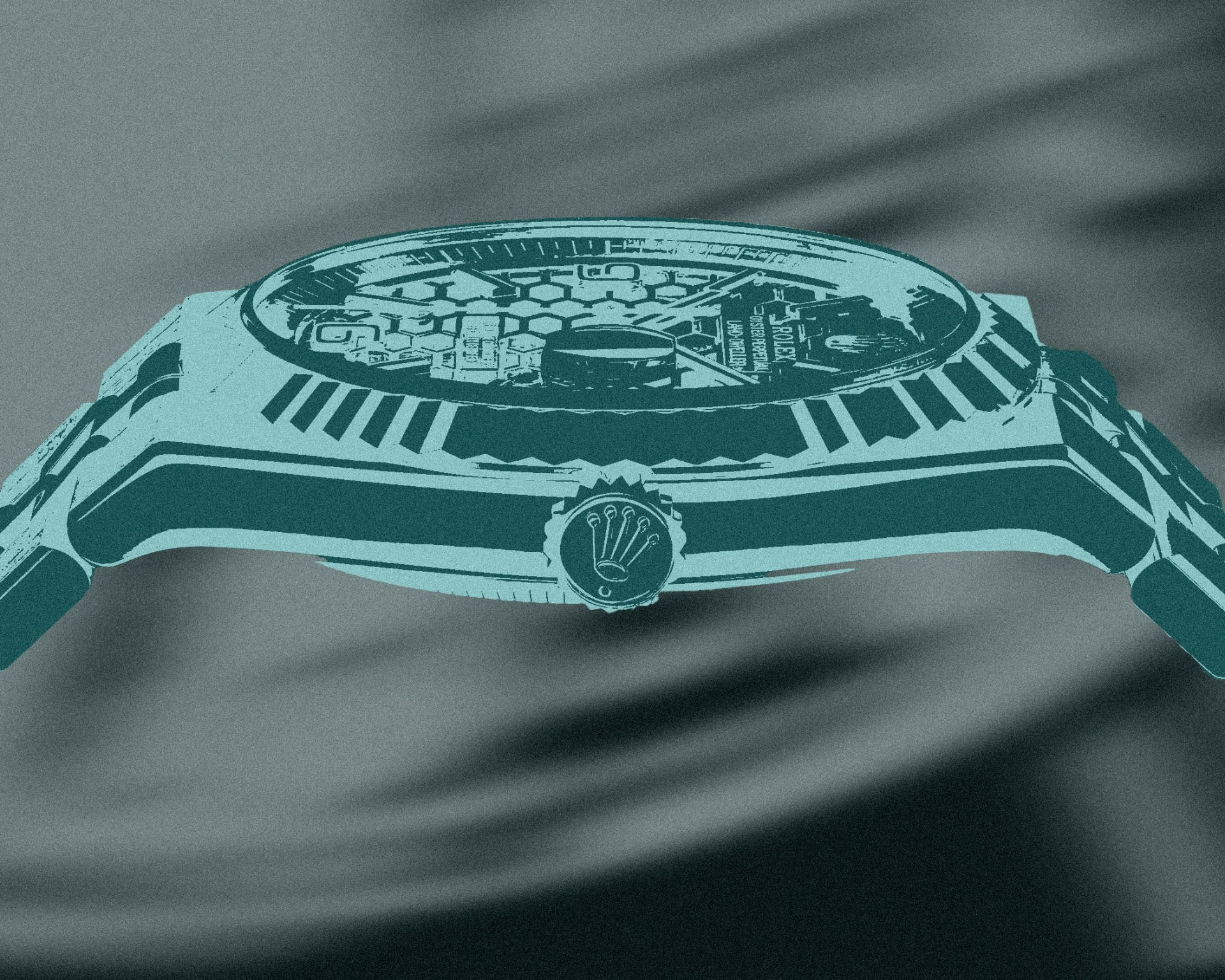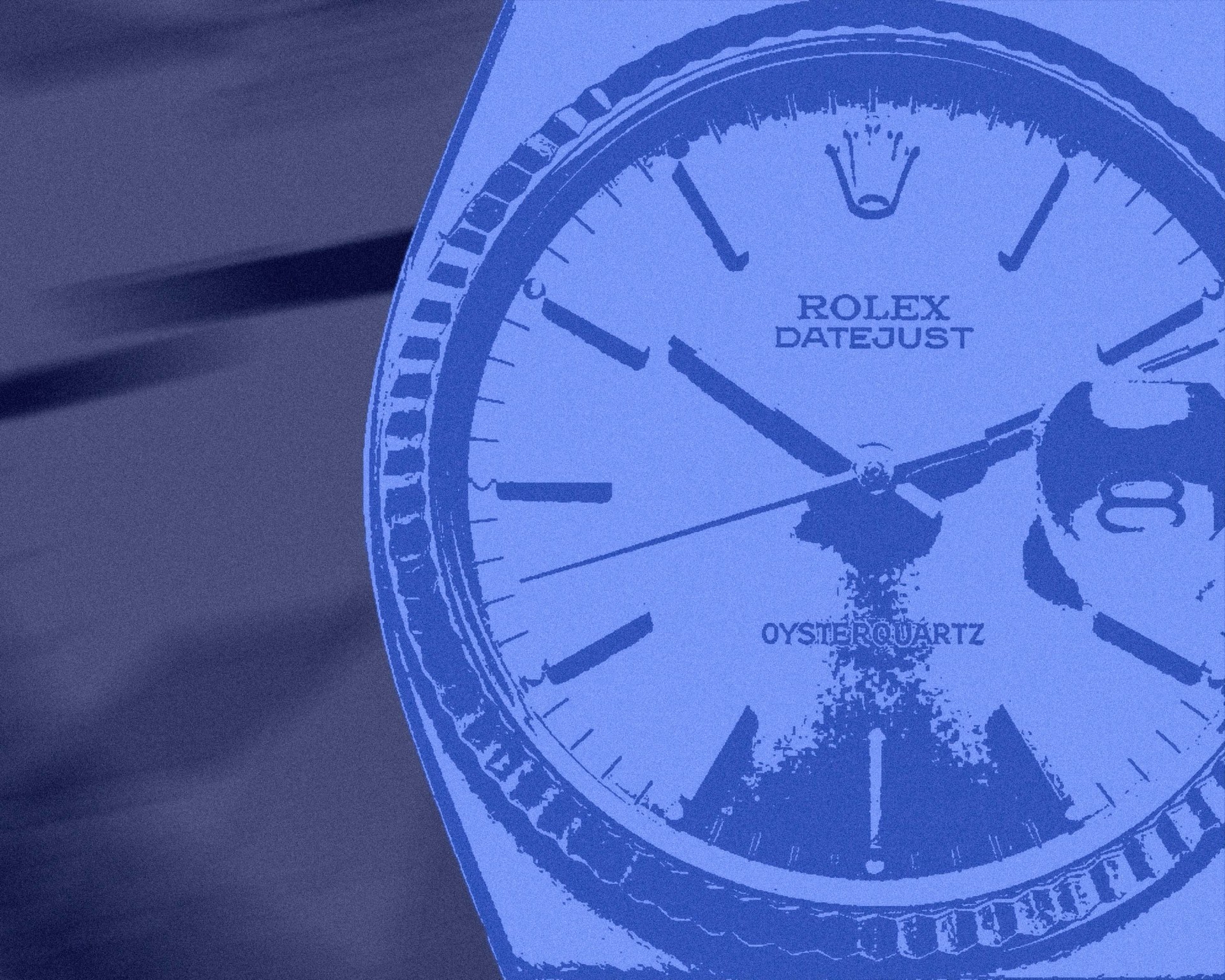If Rolex is the ultimate symbol of prestige within watchmaking, quartz models exist at the opposite end of the spectrum. At least, that’s a perception common among many lay consumers and sophisticated, experienced collectors, to boot.
Though not without foundation, this assertion is far too reductive. Not only can quartz watches be every bit as refined as mechanical timepieces, Rolex of all brands once danced with the technology.
What’s more, its near-forgotten quartz collection even laid the visual groundwork for the new Land-Dweller, a model that debuted in 2025 at Watches and Wonders Geneva.

The quartz race
Today, Rolex watches use traditional mechanics, deriving power from an unwinding spring rather than from batteries. Quartz watches, on the other hand, are powered by batteries.
Cheap to make — and even cheaper to maintain — quartz movements drive the majority of inexpensive watches in the world. They’re also easy to spot: a quartz watch’s seconds hand will tick every second, while a mechanical watch’s will sweep continuously (usually).





